



Hosted by José Antonio Navarro Cano, INIA-CSIC
The SE Spain has been one of the historical hotspots of metal-mining industry in Europe. The Cartagena – La Union Mining District has a 2,500 year mining tradition. The area occupies 5,000 ha of a <400 m asl coastal mountain range under semi‐arid Mediterranean climate (17.9°C average annual temperature, 316.3 mm rainfall and 762.2 mm evapotranspiration). Important ores of iron, lead, zinc and copper have been historically exploited in the area. Nowadays and once the mining activity ceased in 1991, the overall pits, spoils, tailings and smelting wastes add hundreds of mining structures representing a huge outdoor laboratory for land rehabilitation and ecological restoration of extreme environments. Most mining structures are characterized by a depletion of supporting and regulatory ecosystem services (increased erosion rates, high metal concentration in soils, acid water pollution and decreased biological productivity). They pose also a threat for environmental and human health by eolic and hydric particle transport to natural, agricultural and urban neighbour areas.
This excursion will bring the participants closer to the environmental and socio-ecological problems derived from mining activities. We will do a historical tour of different solutions to restore these severely disturbed ecosystems, from passive restoration and low impact phytoestabilization to soil capping and the use of soil amendments. The suitability of each method according to the local context, the scientific evidences and its cost will be discussed.
Part of the excursion will move throughout the “Calblanque, Peña del Águila y Monte de Las Cenizas” Natura 2000 Site. This Natural Park is one of the best European examples of semiarid Mediterranean forest, pre-forest and shrubland vegetation with abundant endemic and Iberian-African plant communities. We will visit a mining area and end the excursion with a swim in one of the little pristine coves of the Natural Park.
Tentative timetable
|
8:45 9:00 |
Meeting time Depart from University of Alicante |
|
10:20 |
La Unión. Little volcano mined by romans (Ist century) |
|
11:20 |
Rambla de Groguel. Abandoned tailings; difuse pollution; soil rehabilitation by organic and inorganic amendments |
|
12:50 |
Rambla de Las Matildes. Social aspects of mining activities |
|
14:20 |
Peña del Águila. Passive and soft restoration in extreme ecosystems |
|
15:40 |
Calblanque. Swim in a Natura 2000 mining landscape |
|
16:40 |
Departure to Alicante |
|
18:00 |
Arrival to University of Alicante |
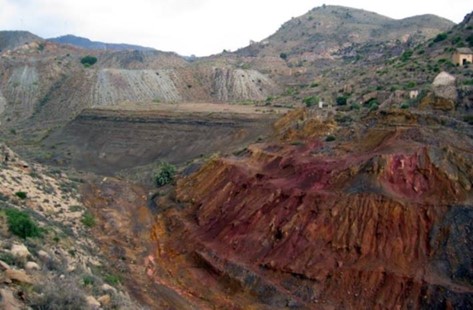

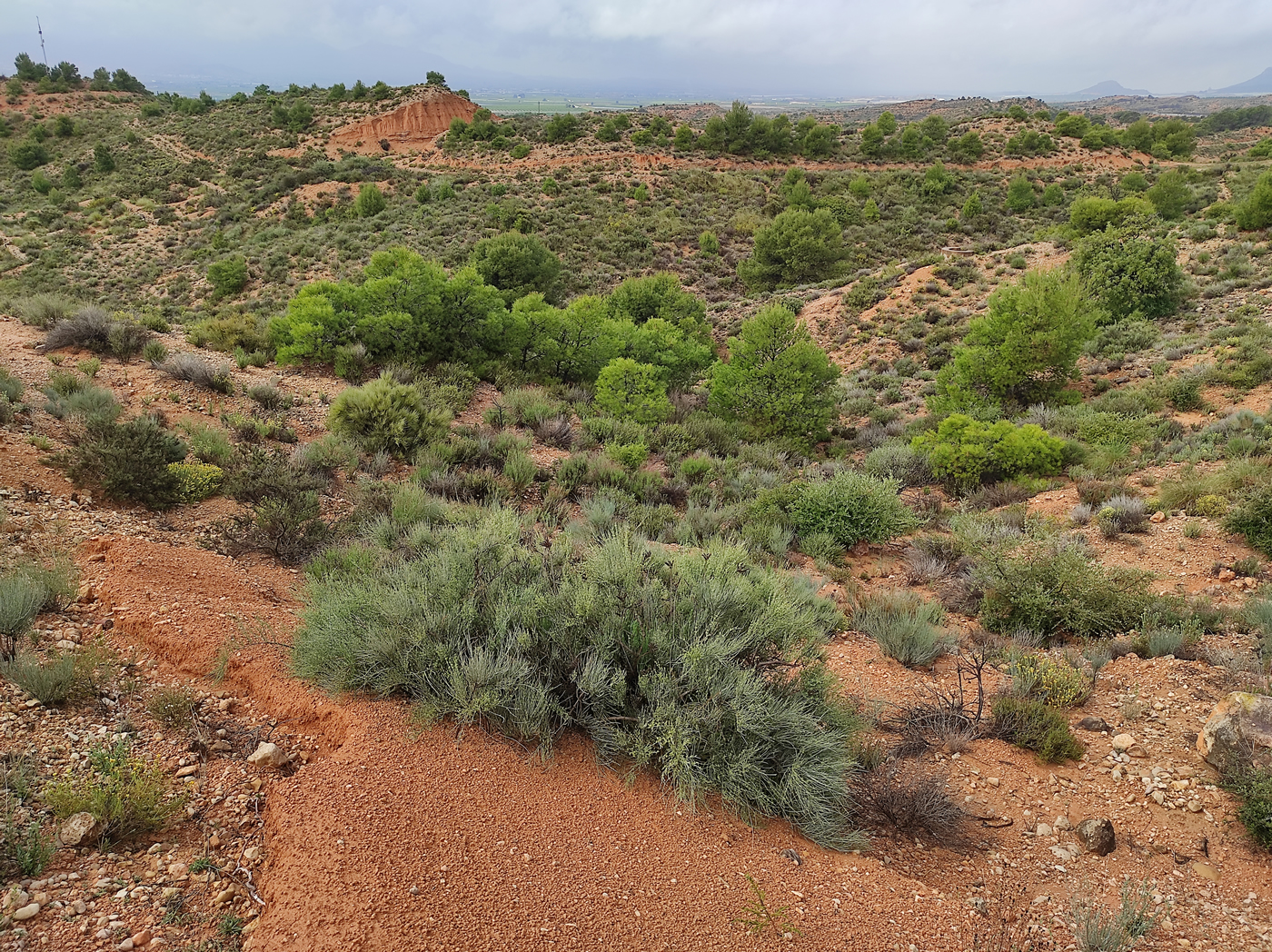
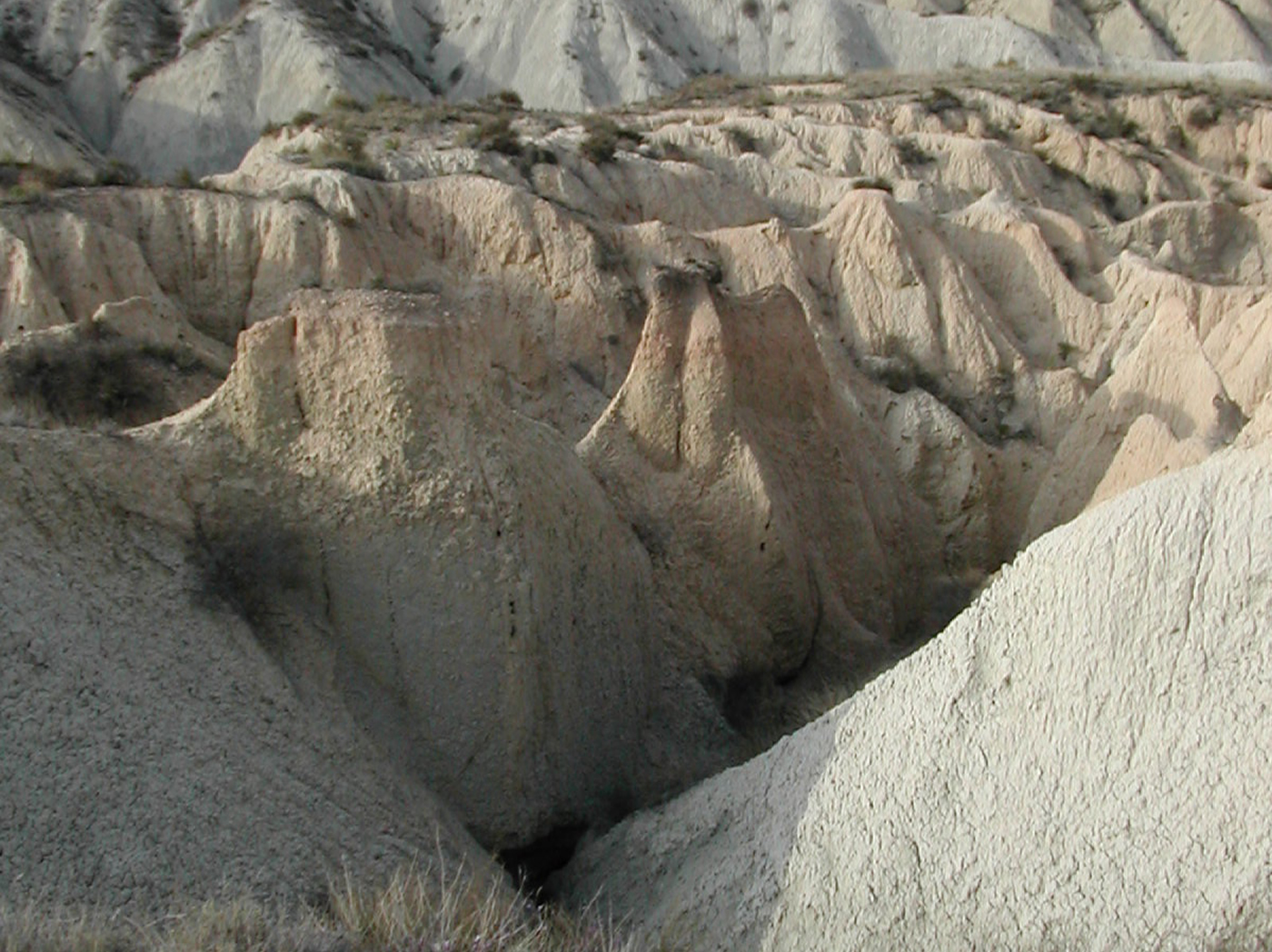
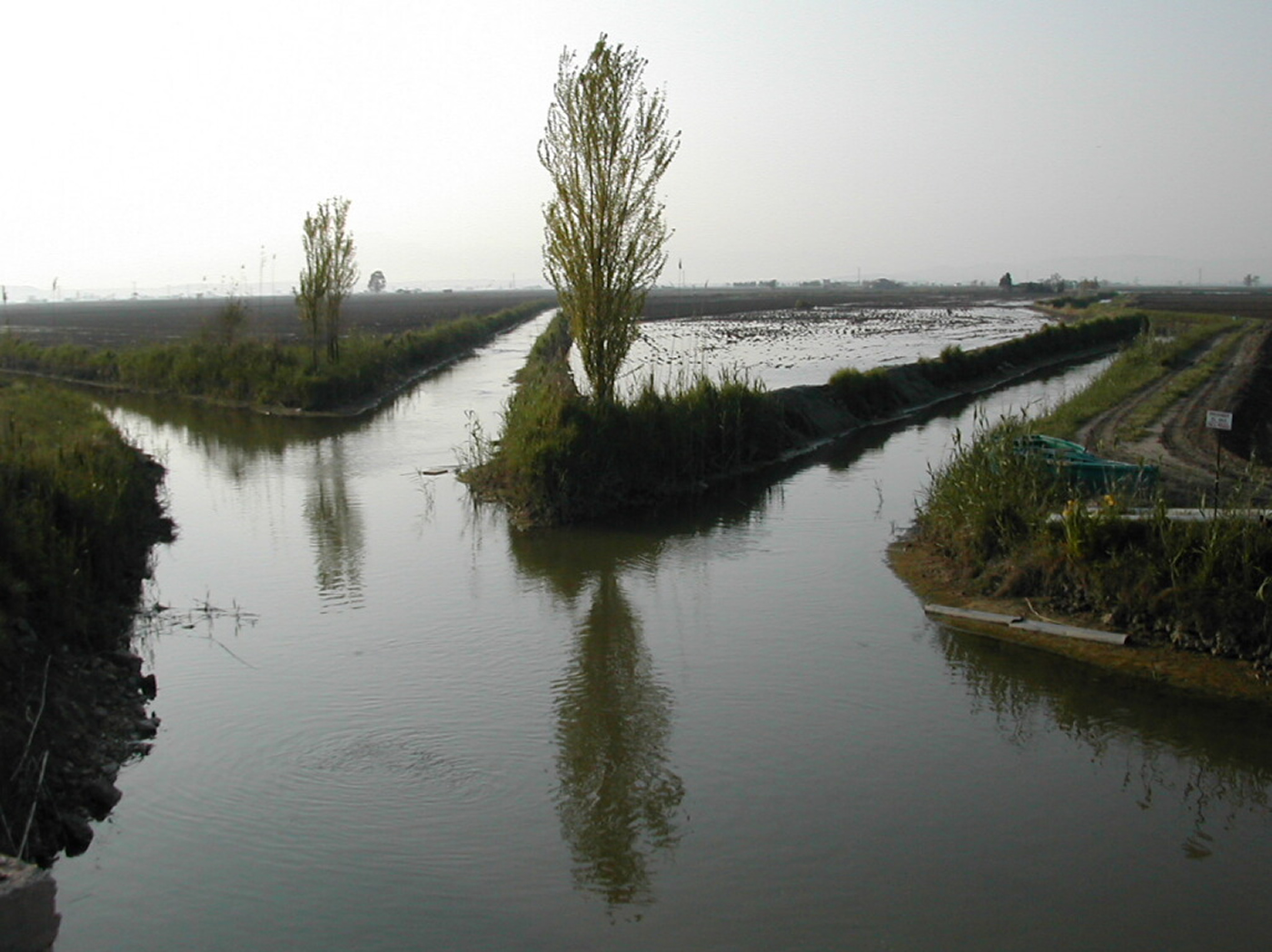



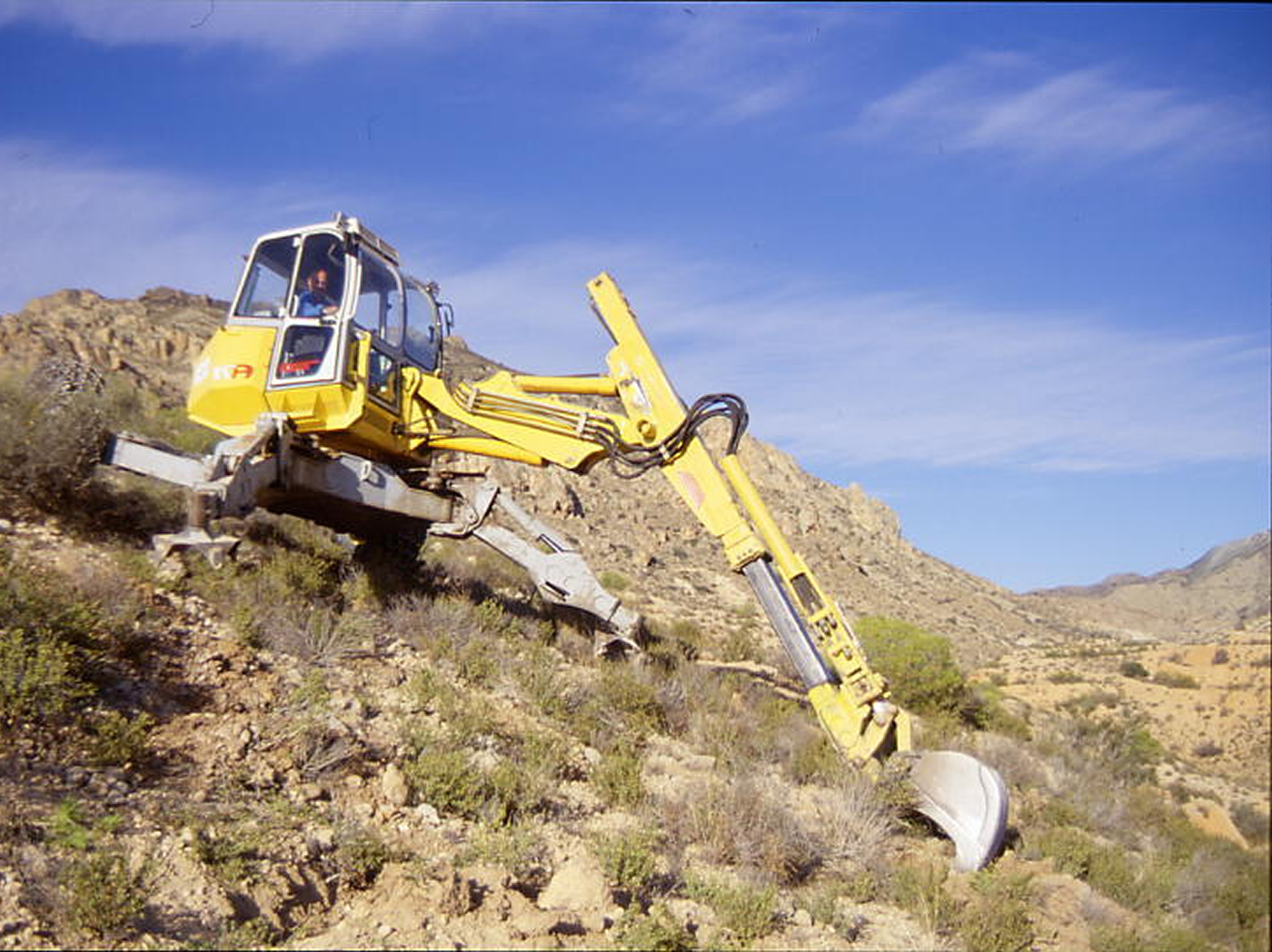





ALO CONGRESS- VIAJABIEN S.L.
Numancia, 73, 7º C2
08029 - Barcelona (Spain)
Phone: (+34) 933 633 954
secretary@sere2022.org
Payment and invoices
admin@sere2022.org